Salon de la Rose Croix Exhibition
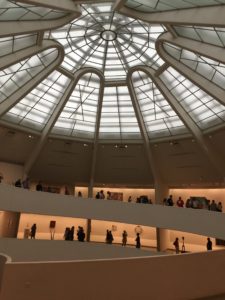
The Guggenheim Museum
On Saturday I finally had an opportunity to visit the magnificent Salon de la Rose Croix exhibition at the Guggenheim Museum with a few like-minded friends. I was lucky, too, as the day was offering free entrance to those who could produce a Bank of America card!

Visitors to the Exhibition
The Guggenheim is a very approachable Museum of Art. Most exhibits are displayed on the outer wall of a gently descending spiral, allowing visitor to take the elevator to the top and descend with ease, taking in what is effectively a small series of private collections. The work is varied, but always modern, and famous images vie for attention with lesser-known gems.
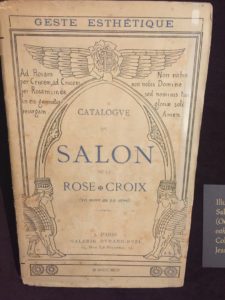
Original Program
But today our attention was focused on the recreation of a Salon de la Rose Croix, as organized by Péladan, an extraordinary Rosicrucian Impresario in fin-de-siècle Paris. Bringing together famous artists and composers of the time, he created an experience which was absolutely one of the events to be seen at, for the Parisian bourgeoisie. Frankly, he wasn’t exactly an adherent of the Rosicrucian and Martinist ideals of being invisible and blending in. Safe to say, with his flowing robes, extraordinary beard and hats, and lavish plays, we was a great self-publicist!
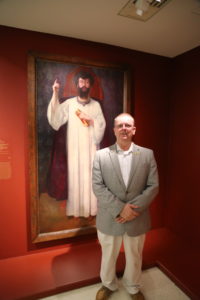
Peladan
The exhibition itself was wonderfully put on in several side rooms, walls reflecting a dark red velvet, muted lighting and faint strains of the type of music played at the original Salons. All in all, if you kept your eyes forward, the effect was very much one of visiting an Art Exhibition of the 1890s (though the moment you raise your eyes the glare of luminescent strip bulbs – and for that matter the short pants and smartphones – somewhat stripped away the ambience). And the Salons had much to compete with! The Salons were held near Pigalle, a seedy if arty arrondissement in central Paris, and only streets away you would find the Moulin Rouge, the Folies Bergère, and the horrifying Grand Guignol, where jaded Parisians went to be scared out of their wits, or rented hidden rooms below to better enjoy the simulated sex and realistic murders in a more physical manner. The McGregor Mathers were putting on their semi-erotic plays; the Hermanopolis Temple of the Golden Dawn held their meetings; and many emergent esoteric Orders were flourishing. Art was rejecting all the traditional mores of the previous centuries, and music was becoming increasingly experimental. Such was the environment of the times.
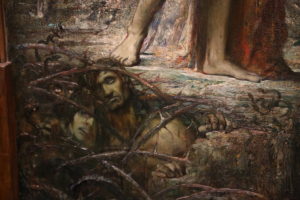
Detail of Orpheus’ Descent
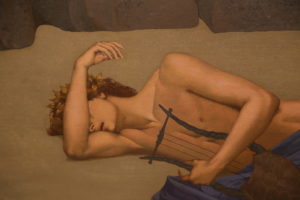
Youth as Orpheus
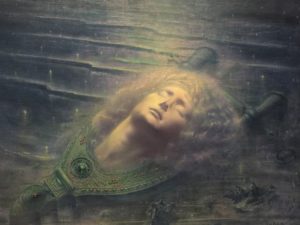
Head of Orpheus
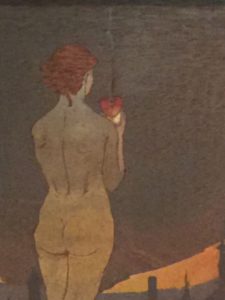
Flaming Heart – a familiar symbol
The museum has assembled a number of original works from the original series of exhibitions. The choice is powerful, and finding the together reminds us of the powerful themes which ran through the Salons. Snakes abound, but more for wisdom and gnostic thought than temptation. Pale virgins abound, and epicene youths play their lyres. Virginal ladies pray or meditate, and rosy crosses are always discreetly found in the backgrounds or on the elaborate frames.
The exhibition also features a number of smaller items of equal interest, such as posters, tickets, programs, and even a scrapbook containing Péladan’s doodles and ideas. This is especially fascinating as it gives us an insight into his thought processes, and possibly even some of the rituals he was working on at the time.
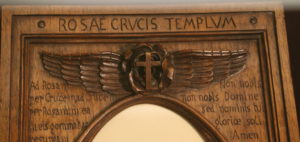
Frame used in Programs

Some Sephirotic scribbles – Balzac and Shakespeare mentioned
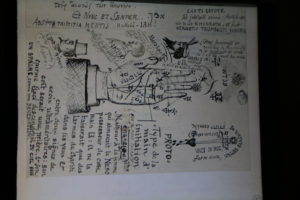
A new ritual?
There is a lavish book of the exhibition produced by the Guggenheim with full color plates, articles, and bound with gold flyleaves and a red velveteen cover.
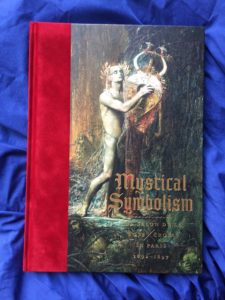
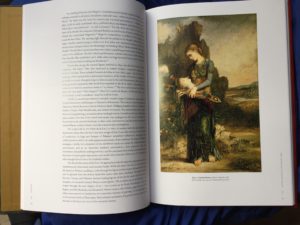 It is certainly to be recommended. At $65, it isn’t cheap. But then, I don’t expect to see such a comprehensive exhibition of this genre in my lifetime again!
It is certainly to be recommended. At $65, it isn’t cheap. But then, I don’t expect to see such a comprehensive exhibition of this genre in my lifetime again!
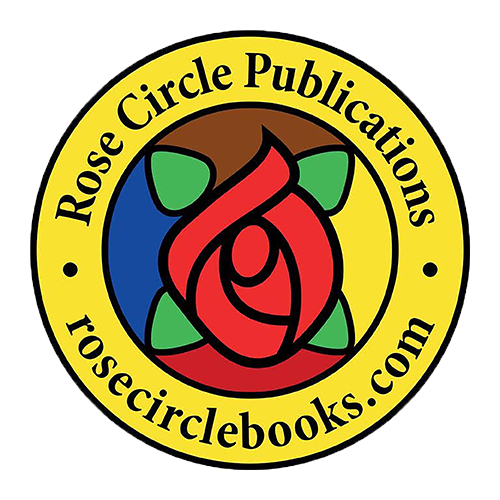
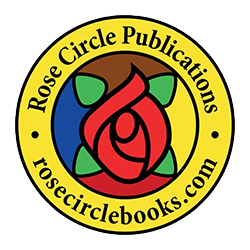
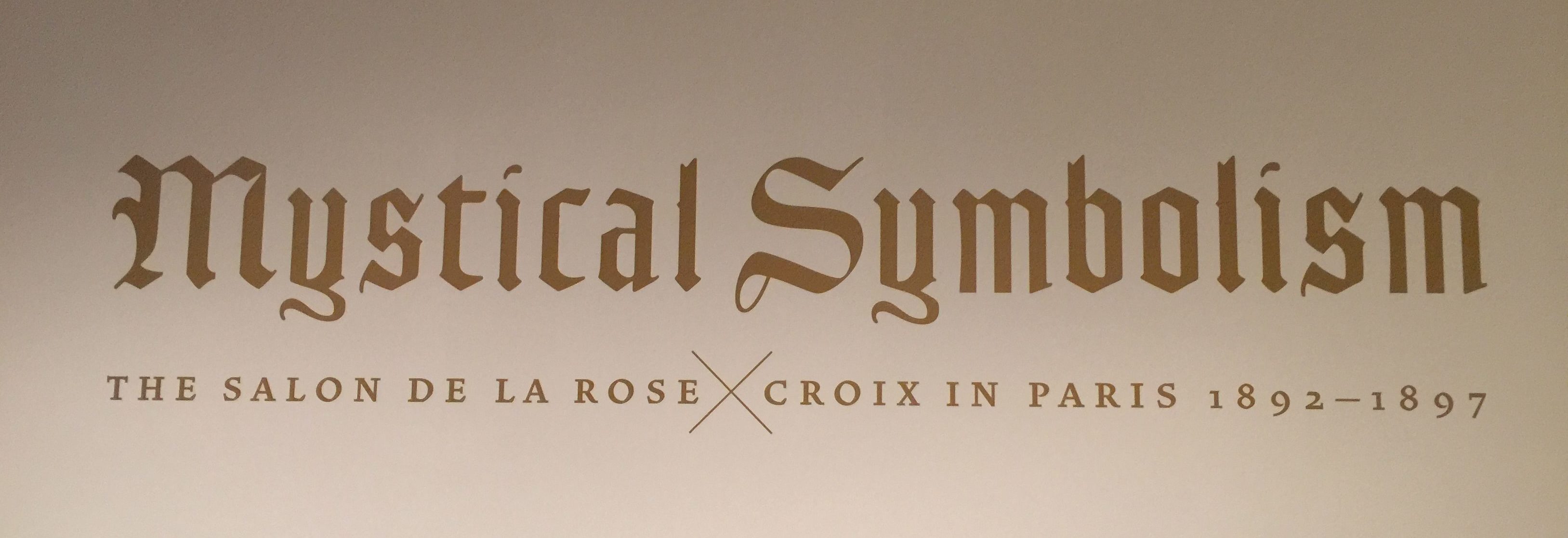
No Comments